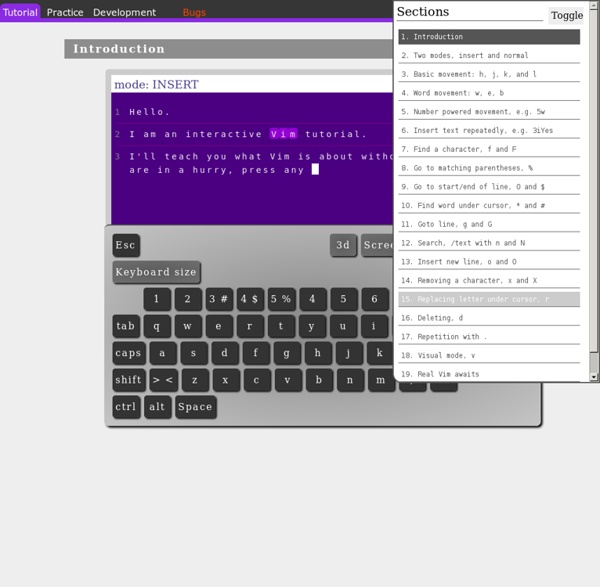



About microformats - Webmaster Tools Help Marcado de datos con microformatos Los microformatos son sencillas convenciones (conocidas como entidades) que se usan en las páginas web para describir un tipo concreto de información (por ejemplo, una opinión, un evento, un producto, una empresa o una persona). Cada entidad tiene sus propias propiedades. Por ejemplo, una persona tiene las siguientes propiedades: nombre, dirección, cargo, empresa y dirección de correo electrónico. En general, los microformatos hacen uso del atributo class en las etiquetas HTML (que suelen ser <span> o <div>) para asignar nombres breves y descriptivos a las entidades y a sus propiedades. <div><img src="www.example.com/robertosanchez.jpg" /><strong>Roberto Sánchez</strong> Editor principal de Ediciones ACME Calle Mayor 4 Alcalá de Henares, Madrid 28801 </div> A continuación se muestra el mismo HTML marcado con el microformato hCard (persona). A continuación se indica cómo funciona este ejemplo. Microformatos anidados Contenido no visible
The Geek Stuff Хитрости с битовыми операциями / Типичный программист Нашли и оформили подборку различных хитрых приёмов с битовыми операциями. С основами битовых операций также можно ознакомиться в нашей статье. Если вы знаете какие-то трюки, которые не вошли в этот список, делитесь ими в комментариях! Целые числа Установка n-ого бита Обнуление n-ого бита Переключение n-ого бита Округление до следующей степени двойки Получение максимального целого Получение минимального целого Получение макисмального long Умножение на 2 Деление на 2 Умножение на m-тую степень 2 Деление на m-тую степень 2 Проверка на равенство На 35% быстрее, чем JS 🙂 Проверка на чётность Обмен значениями Модуль Максимум двух чисел Минимум двух чисел Проверка на одинаковый знак Смена знака Вычисление 2^n Проверка на степень 2 Остаток от деления 2^n на m Среднее арифметическое Получение m-ого бита n (справа налево) Установка m-ого бита n (справа налево) Проверка n-ого бита Выделение самой правой 1 Выделение самого правого 0 Смена самого правого 0 на 1 n+1 n-1 if (x==a) x=b; if (x==b) x=a; Строки Смена вида буквы Прочее
21 Excellent Open Source Linux Text Editors A text editor is software used for editing plain text files. It has many different uses such as modifying system configuration files, writing programming language source code, jotting down thoughts, or even making a grocery list. Whatever the level of sophistication of the editor, they typically have a common set of functionality, such as searching/replacing text, formatting text, undo/redo, importing files, as well as moving text within the file. However, many of the editors included in this article are feature-rich, and can be further extended using plugins and libraries. We previously published an article on the best open source editors in 2008. To provide an insight into the quality of software that's available, we've compiled a list of 21 high quality Linux text editors. Now, let's explore the 21 editors at hand. Return to our complete collection of Group Tests, identifying the finest Linux software.
W3Clove :: site-wide markup validation tool Functional Java jQuery Credit Card Format Valiation Plugin: Smart Validate Smart Validate is a jQuery credit card validation plugin, that makes credit card format validation a simple task. It ensures that user has entered valid credit card number before making actual transaction. Smart Validate supports the following credit cards. American ExpressMaster CardVisa CardDiners ClubDiscover The plugin can be easily extended to support other credit card types. Using Smart Validate In your HTML file add the following in the head section. Add a reference to latest jQuery scriptAdd a reference to ccvalidate.js fileAdd a reference to ccvalidate.css file Add the code below to your HTML document or use classes “cc-ddl-type”, “cc-card-number” and “cc-checkout” to existing elements. Smart Validate plugin has only one parameter that is a callback function to be called, that returns a boolean value indicating whether the credit card number is in valid format or not. Here is the full code for the example above.
TestNG TestNG Now available Click for more details. Cédric Beust (cedric at beust.com) Current version: 6.8.1 Created: April 27th, 2004 Last Modified: March 30th, 2013 TestNG is a testing framework inspired from JUnit and NUnit but introducing some new functionalities that make it more powerful and easier to use, such as: Annotations. TestNG is designed to cover all categories of tests: unit, functional, end-to-end, integration, etc... I started TestNG out of frustration for some JUnit deficiencies which I have documented on my weblog here and here Reading these entries might give you a better idea of the goal I am trying to achieve with TestNG. Here is a very simple test: SimpleTest.java The method setUp() will be invoked after the test class has been built and before any test method is run. Things to note: Once you have compiled your test class into the build directory, you can invoke your test with the command line, an ant task (shown below) or an XML file: build.xml Use ant to invoke it: Bug reports
Using OpenType font features with CSS 3: Part 1 | Fontdeck Blog The vast majority of fonts contain lowercase and uppercase alphabets, numerals, punctuation and accents. But there can be much more to fonts than this basic set of characters. Many professionally-designed fonts also contain ligatures, alternative characters, smallcaps, different kinds of numbers, and sometimes much more besides. Discretionary ligatures in Magneta · Stylistic alternate in Raisonne · Swash alternate in Trilogy Fatface Nowadays these additional font features are all included in the same font file and accessed through OpenType, a technology jointly developed by Adobe and Microsoft in the late 1990s. Introducing font-feature-settings The CSS 3 Fonts Module proposes many properties to access popular OpenType features. font-variant-ligatures: common-ligatures At the moment there is no support for that or any other font-variant- properties. font-feature-settings: "liga" To turn on discretionary ligatures as well, we would add a second property: font-feature-settings: "liga", "dlig"